top of page
Submit your essay for a chance to win up to $1,000! Learn about submissions here.




Welcome to Poet's Corner! This is a section dedicated to showcasing the work of talented young poets, and occasionally, talented old poets!
Interested in sending us your work? In future issues of The 44 North, Poet’s Corner will offer a deep dive into one poem, unpacking its craft with accompanying prompts for you to do the same. We will also publish and edit up to 3 poems alongside an artist’s statement. Submit your poems to editors@the44north.ca.
bottom of page












